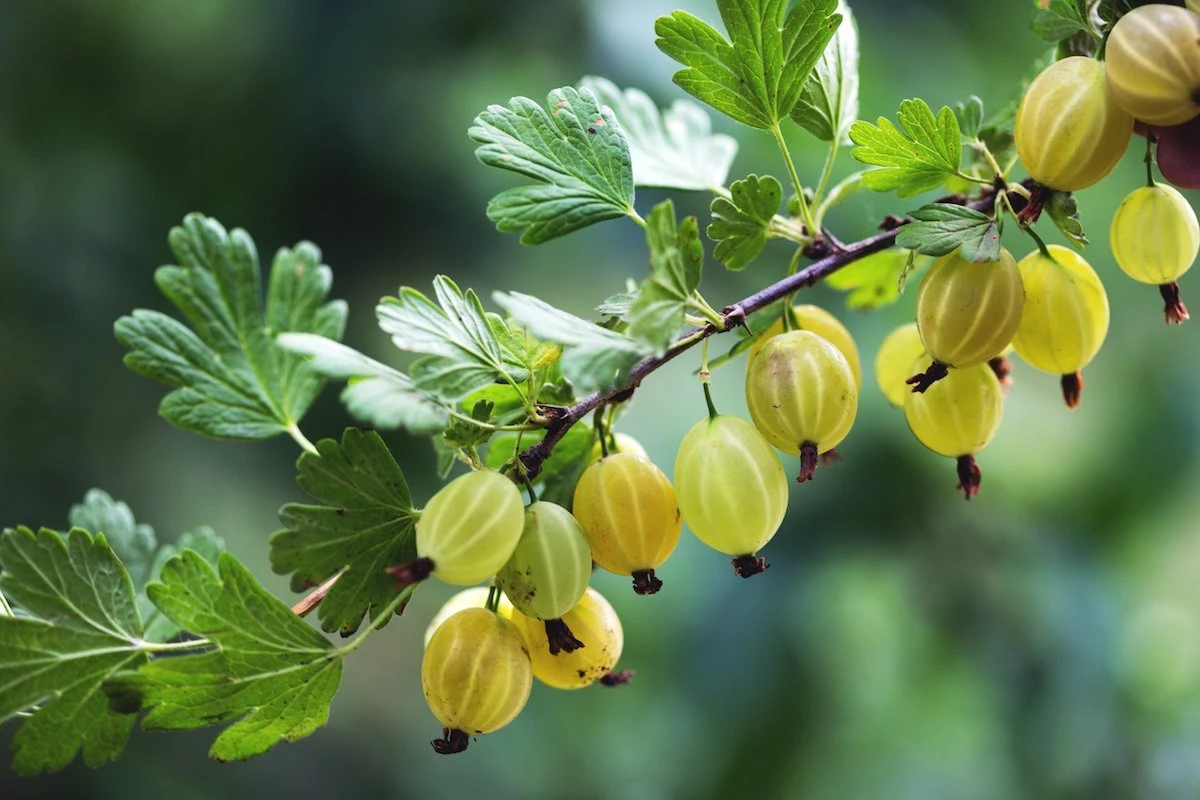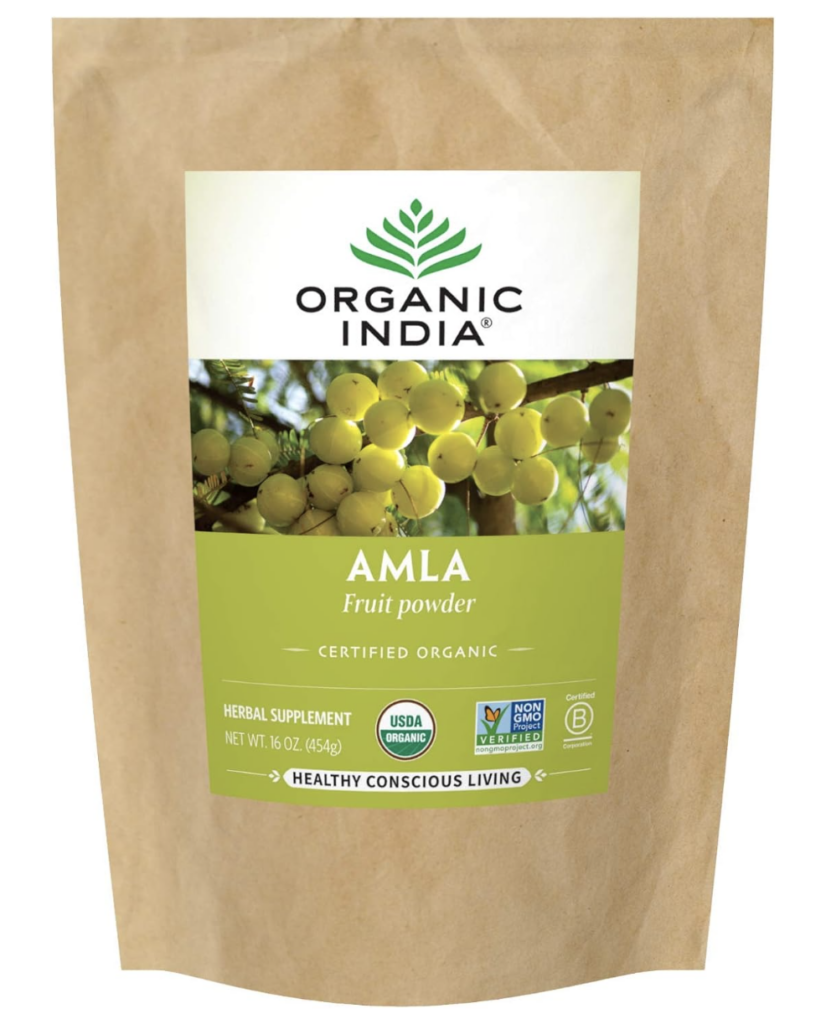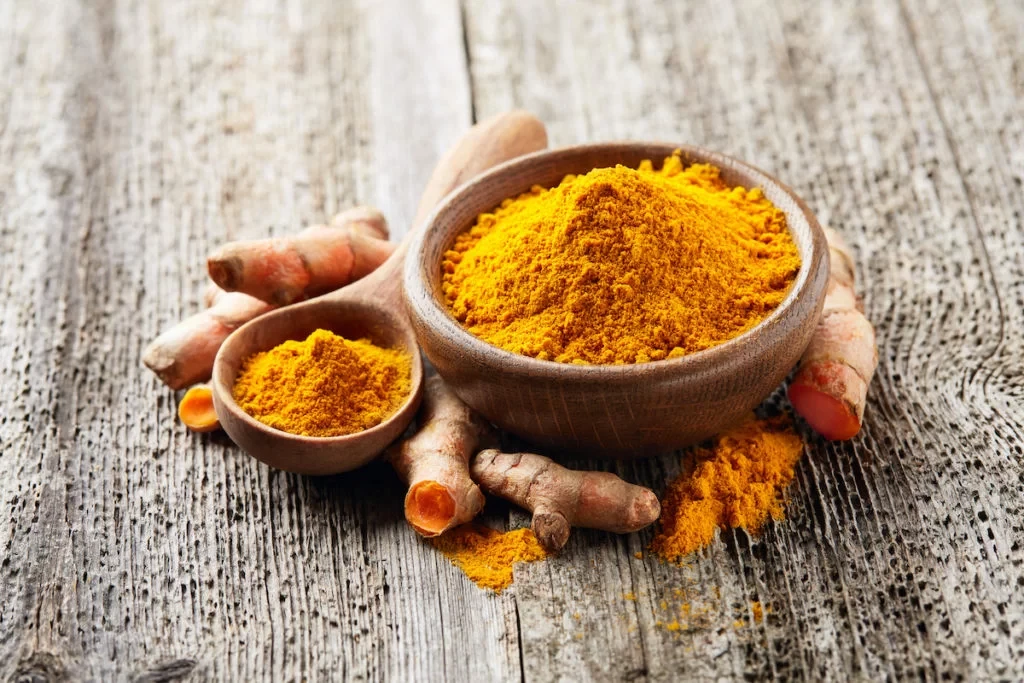
In this Article
Share
Amla, called Amalaki in Sanskrit, is one of the most commonly used herbs in Ayurveda. Many of the principal texts of Ayurveda speak highly of its medicinal and nourishing properties. It is also known as the Indian Gooseberry.
The Indian Gooseberry
Ayurveda highly recommends consuming this herb throughout the year since it has properties of a general rejuvenation tonic (rasayana). It benefits vision, skin health, physical endurance, digestion, and reproductive function and leads to a sharper intellect.
The Indian gooseberry contains five of the six tastes (rasa), and it is the only fruit on the planet with such a compact and intense taste profile. Markedly, the initial taste of the fruit is sour and bitter. It tastes sweet and astringent once it mixes with the saliva, though. Additionally, the taste is sweet when you drink water after eating it.
In Ayurveda, it is called the most nutritional of all Rasayana and the best rejuvenating food known to humankind. In moderation, amla benefits natural healing and restores all dosha imbalances. It is one of the key ingredients in the many Ayurvedic herbal mixes.
How To Consume Amla
Amla fruit is a small greenish-yellow berry with a predominantly sour and astringent taste. It is a low-calorie superfood with phytochemicals like flavonoids and anthocyanins. It is a powerhouse of antioxidants rich in Vitamin C (ascorbic acid). Common uses –
- Fruit (Fresh, frozen, dried)
- Juice
- Powder from dried fruit
- Tablets and capsules
- Liquid Extract
- Pickles or chutneys
Benefits Of Amla
Digestion & Gut Health: Ayurveda says digestion begins in the mouth when we first experience taste. Since amla stimulates the digestive system, its sour taste kindles the digestive fire and improves the appetite.
Additionally, it can have a cooling effect on the body and plays a significant role in pacifying pitta dosha. It may also improves the food transformation process and nutrient absorption. It benefits those who experience burning sensations, acidity, and other digestive problems associated with high pitta. The alkaline nature of the fruit helps with bowel movements and cures constipation. Further, it is a rich source of fiber and tannic acid which helps promote healthy bowel movement and reduce bloating.
Benefits of Amla For Hair And Skin
Benefits For Hair And Skin: Ayurveda upholds amla as a proven tonic for scalp and hair health. It is a natural conditioner that adds luster to the hair, reduces dandruff, and increases blood circulation to the scalp. Because of these benefits, it is one of the most common ingredients in home remedies for hair. Regular consumption of amla slows down hair fall and prevents premature graying because it balances high pitta or heat in the body. It is a common ingredient in hair packs, shampoos, herbal oils, and conditioners.
The Indian gooseberry benefits as it is high in Vitamin C and is one of the best food sources to improve skin health. The rejuvenation properties of amla make it an excellent anti-aging fruit that prevents premature wrinkles, blemishes, and pigmentation. Ayurveda recommends the regular use of one spoon of amla powder in warm water to get clear and radiant skin.

Immunity: The phytochemicals of amla fruit help detox the body and fight free radicals to improve immune function. One amla fruit has 20x more Vitamin C than an orange and 2x more antioxidant than an acai berry. Besides Vitamin A & C, it also has a wide variety of antioxidants that make it a potent food to regulate metabolism and boost immunity.
As an immunity booster, it helps prevent various viral and bacterial infections. Its benefits may help in preventing flu, cough, and the common cold. Further, it is beneficial for many respiratory diseases and ailments because it soothes the airways. Since it also promotes the removal of sputum from the respiratory tract, Ayurveda uses amla as a decongestant for the body.
“
The Indian Gooseberry benefits in managing cholesterol and reducing the fatty acids called triglycerides. It also has 20 times more vitamin C than oranges.
Ayurvedic Uses of Amla
Amla Juice: Fresh amla juice is a detoxifying drink. It is a rejuvenating tonic consumed on an empty stomach in the morning.
Amla Powder + Oil: Since amla is cooling, people with Vata imbalance should consume amla powder mixed with cold-pressed sesame oil. Add the mixture to warm water or eat as a paste. Amla mixed with almond oil or coconut oil is a home remedy for hair that can help stimulate hair growth. Apply the mixture from the root to the tip of the hair. Massage gently.
Amla Powder + Ghee: Pitta types or those suffering from poor digestion should combine one teaspoon of amla powder with two teaspoons of ghee (clarified butter). This mixture kindles the digestive fire and improves gut and bowel health.
Amla + Water / Honey: Kapha types can consume one spoon of amla powder in one glass of water. Alternatively, you can mix one teaspoon of amla powder with two teaspoons of honey on an empty stomach in the morning. This mix can help regulate metabolism and helps with weight loss.
Additional Benefits of Amla
Other known health benefits:
- Carotene in amla or amla juice juice helps improve vision and eye health
- Nourishes brain health and mental functions
- Improves muscle tone and fortifies the liver
- Potent anti-diuretic that helps the urinary system
- Anti-hyperglycemic properties help control diabetes
- Boosts liver health and prevents toxin build-up
- Reduces oxidative stress and reduces the risk of cancer
- Amla juice boosts metabolism and aids in weight loss
Recommended Amla
At bettergreenhealth, our editors make it easy to find quality products with their years of experience and testing. When making a purchase through any of our links, we may earn a commission which helps support this blog. We are grateful for your support!









